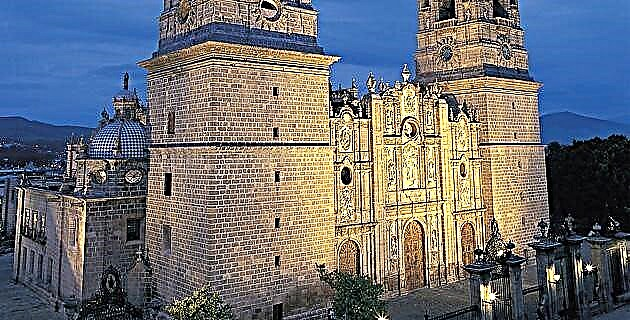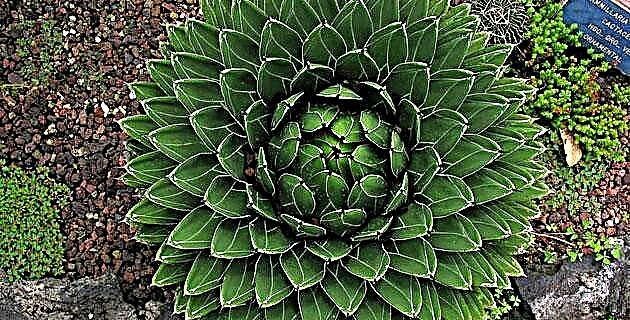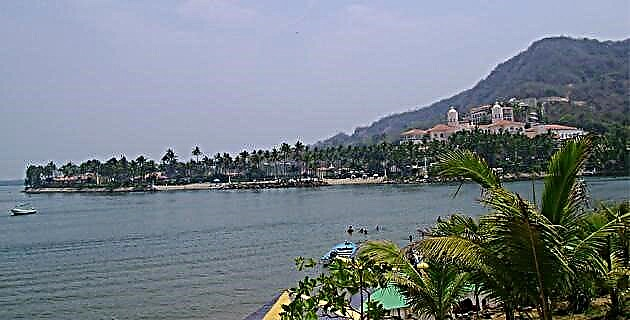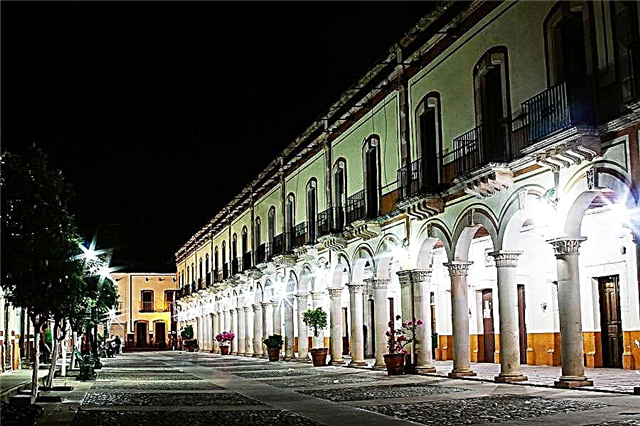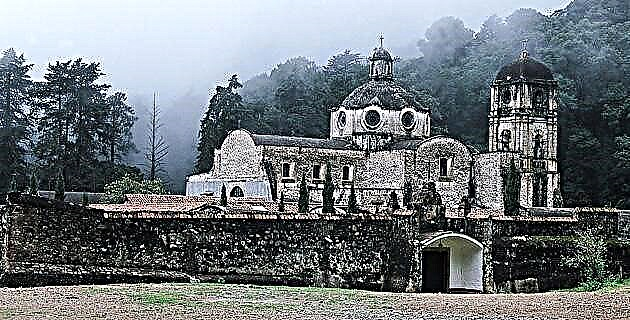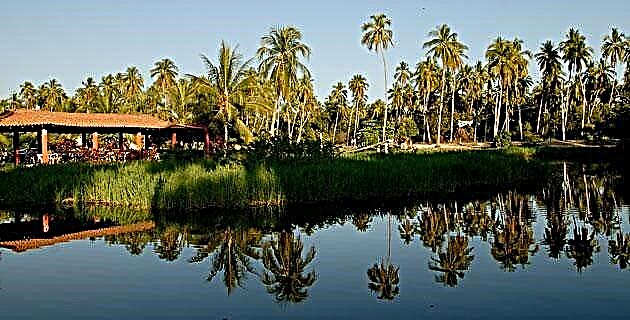
In the state of Guerrero we find this beautiful place of sea and sand, always changing and inviting us to visit it again and again in order to find, on each visit, a different place with a familiar air.
From the intricate Sierra de Guerrero, between cliffs and majestic mountains, the Tecpan River descends, which reaches the large coast of Guerrero to flow into the Pacific Ocean, but not before being an essential part of the creation of an extraordinary natural stronghold: a beautiful lagoon -estuary, where an infinite variety of flora and fauna coexist in total harmony.
For more than 20 years this lagoon has been known as Michigan. According to authorities and locals, it was foreigners who named this place because of its supposed similarity to that state of our northern neighbor.
Formerly, in the small town of La Vinata, which is located at the foot of the reservoir, there was the name of this entire lagoon, but around 30 years ago a huge hurricane wiped out this island; It was then that it was called Michigan, although for many it is still the Island of Birds.
This ecosystem is a sea entrance to the land; protected body of water that has limited access to the open sea. It is also a depression below the mean high tide that maintains connections with the sea temporarily.
In this type of lagoon-estuary we always find the bar, an extension of beach that is located between the lagoon and the sea, which determines - according to its width of opening - the degree of access to the ocean.
The diverse climatic changes generate the constant movement of this lagoon. For example, in summer when the rains are very abundant, the rivers flow down from the mountains loaded with water and if the bar is closed, then the lagoon reaches its highest levels. This fact also causes the salinity levels of the lagoon to be variable. When the bar is closed, the lagoon is sweeter because the river continues to feed it and therefore the sea water and does not penetrate. On the other hand, when the bar is open the salinity increases.
During the winter months the margin of the lagoon remains at its levels more or less regularly. This constant movement produces a strange sensation, since each time one returns to these places their geography is different: the bar has changed places, a small river has formed between the beach, the bar and the lagoon, the lagoon is dry , etc.
The diversity of fish is enormous, we find saltwater species such as the sierra, the white and striped mojarra, the red snapper, the shrimp, the charra, the roncador, the manta ray and the lobster. Freshwater there are mojarra, tilapia, charro, mullet, river roe, shrimp, prawn, sea bream and boy curel. Snook and snapper resist salt water and fresh water.
Also, a great variety of birds inhabit this area. Among them are seagulls, herons, pelicans, the diver, the wild hen, the owls, the quail, the carrot, a nocturnal bird that they name pichacua and ducks, which cohabit among mangroves, islets, palm groves and in general around this extraordinary tropical vegetation, where we can still find some virgin redoubts thanks to the fact that access is difficult and the stay is no less so due to the enormous proliferation of insects and poisonous animals.
The fauna of the place is complemented by armadillos, badgers, raccoons, skunks, iguanas, tlacoaches, deer and lizards. Hunting is a fairly widespread activity in the area, so armadillos, iguanas, and deer are some of the regional delicacies.
This region of the great coast of Guerrero was a place inhabited by Tlahuica nomadic groups, which later formed into the Pantecas and whose current population is around 70,000 inhabitants. Now, the presence of individuals who have migrated to this place is evident: mestizos from other areas, indigenous peoples from the mountains and Afro-descendants from the Costa Chica.
If you go to the Michigan Lagoon
Take the national road no. 200 that goes from Acapulco to Zihuatanejo.
160 km from Acapulco is the town of Tecpan de Galeana. Here you can take two routes: one to Tenexpa which is 15 km away, the other is to Tetitlán which is at the same distance. From here, in both cases, you can take a boat at the jetty to take you to Michigan.
Regarding the hotel infrastructure on the beach and the lagoon, it is nil, only in Tecpan you can find a modest hotel.
On the beach you can camp in some of the canopies that are facing the lagoon.
You have to take precautions, since mosquitoes can expel you from the place the first night; It is recommended to use natural products such as citronella, which is effective to counteract these insect militias that proliferate especially if the bar is closed.

